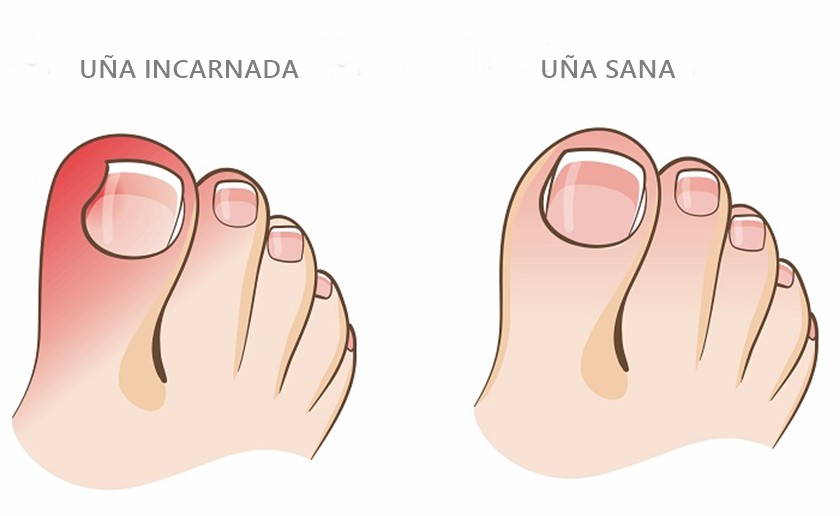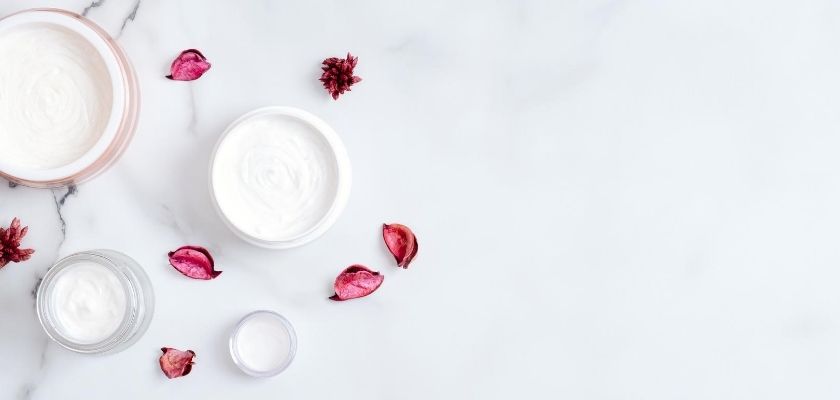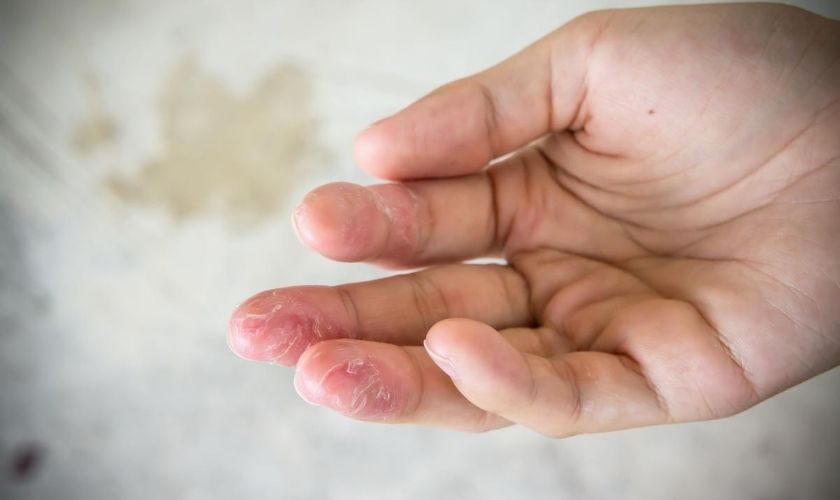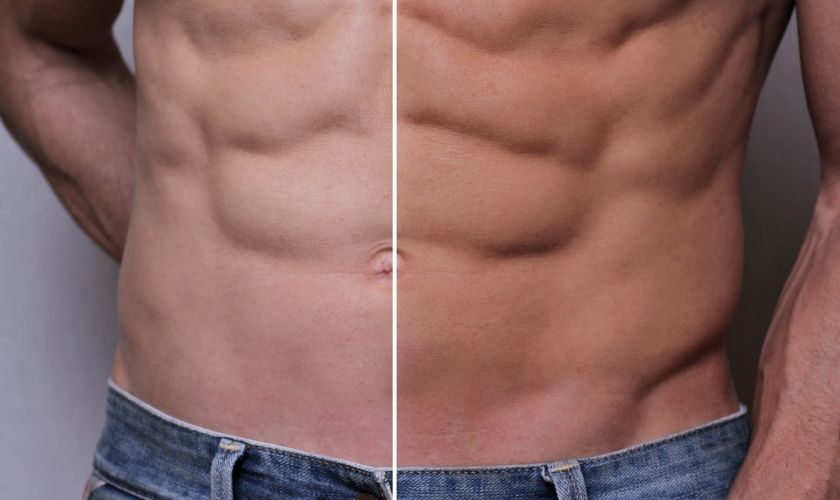
La uña encarnada además se llama “onicocriptosis” en terminología médica. Este término proviene del griego, donde “ónix” es un clavo y “krypyos” está escondido. Se trata de el aparición de un área hinchada en el costado de la uña.
Es más común en la uña del pie del primer dedo, “Del dedo gordo del pie”. Además es más común en adolescentes y adultos jóvenes (1). Las cifras de prevalencia son elevadas, afectando entre el 2,5 y el 5% de la población.
Curiosamente, en un estudio reciente en una población coreana, se encontró una incidencia anual de 307 personas por 100.000, más usualmente en mujeres y una tendencia bimodal, mostrando un segundo pico poblacional por encima de los 50 años. Además se encontró una asociación con el halux valgus (“juanete”) Y con la caída del arco plantar (“ pies planos ”). Este estudio, por tanto, apunta a otra parte de la población al mismo tiempo del clásico joven y deportista (2). Otro estudio además aportó la oportunidad de una predisposición familiar, que se encontró en el 7% de los pacientes (3).
¿Por qué se produce?
Se produce por la penetración de la placa ungueal en el pliegue lateral de la uña, causando inflamación y aparición de tejido de granulación (tejido inflamado que sobresale). Se describen varios factores predisponentes (1-3):
Factores externos
• Calzado mal ajustado o estrecho: que produce una compresión extrínseca del dedo gordo del pie.
• Uñas de los pies mal cortadas: la uña debe cortarse recta y no curvada. Cortarlo demasiado tampoco es bueno, ya que deja tejido suelto a su alrededor que puede inflamarse.
• Calzado que favorece la sudoración excesiva: hace que la piel alrededor de la uña se ablande y la uña penetre más fácilmente.
• Infecciones de la uña: las infecciones de la placa ungueal y la piel circundante hacen que ésta se debilite y fragmente en algún punto que penetra en la piel circundante.
• Lesiones en los pies: corredores, futbolistas.
Factores internos (del propio paciente)
• Valgus o “juanete”.
• Hiperhidrosis.
• Obesidad.
• El embarazo.
• Angulación excesiva de la uña.
¿Cómo se manifiesta la uña encarnada?
Inicialmente aparece un área eritematosa (roja), seguida de edema y supuración. Después aparece tejido de granulación. Mozena describió en 2002 una clasificación de estas etapas, que de manera simplificada son las siguientes (4).
• Estadio inflamatorio: eritema (enrojecimiento) y leve edema en la zona lateral de la uña.
• Fase de absceso: eritema, edema, dolor y supuración en la cara lateral de la uña.
• Fase hipertrófica: tejido de granulación en la parte lateral de la uña.
• Estadio hipertrófico distal: deformidad de la uña y aparición de tejido hipertrófico en los dos pliegues laterales de la uña y en la parte final de la yema del dedo (distal).
Como es tratado?
El tratamiento depende del estadio y la gravedad de la enfermedad. Además dependerá de la experiencia del dermatólogo con las diferentes opciones, así como de los tratamientos que el paciente haya recibido anteriormente (1).
1. Medidas generales
Siempre deben aplicarse, pueden ser efectivos en las etapas iniciales:
• Use calzado ventilado o con la uña del pie abierta.
• Cortar uñas rectas.
• Controlar la hiperhidrosis.
• Trate las infecciones de las uñas si están presentes.
• Ponga compresas de agua tibia en la uña.
• Limpieza con agua oxigenada o povidona yodada.
• Aplicar nitrato de plata al tejido de granulación.
2. Infiltraciones con corticosteroides (5)
Diluidos 1: 5 en anestésico, se ha demostrado que son eficaces en un pequeño grupo de pacientes sin morbilidad. Se necesitan más casos para conseguir más evidencia de esta modalidad de tratamiento.
3. Técnicas conservadoras (1.3)
Ideal para pacientes pediátricos y en casos no graves como primera aproximación:
• Técnica de férula de canalón o vaina: se trata de proteger la piel de la uña envolviéndola en un tubo de vinilo adecuado. Produce un alivio inmediato. Se retira a las 3 o 4 semanas.
• Insertar una bola de algodón en el lado de la uña con una cureta. La mayoría de los pacientes mejoran en unos pocos meses.
• Método curita: se trata de colocar una cinta que separa la uña de la piel y la envuelve sin tapar la herida.
• Otras técnicas descritas: técnica de hilo dental, escritura de uñas, corrección del ángulo de la uña o colocación de una pinza en la uña.
4. Técnicas ablativas
Consisten en destruir el tejido inflamado:
• Láser de CO2: es un tratamiento eficaz con cifras de curación de hasta el 100% (6).
• Frecuencia de radio.
• Unidad electroquirúrgica.
5. Ablación de uñas
Se trata de destruir la uña con una solución irritante de fenol, tricloroacético o alcohol. Es menos doloroso que la cirugía y produce menos secuelas (1). Para algunos autores, es el método más efectivo de tratamiento cuando hay que destruir la uña (7).
6. Escisión quirúrgica
Se trata de la extracción total o parcial de la uña a través de la extracción quirúrgica de la matriz (la raíz).

¿Está indicado tomar antibióticos orales cuando la uña está encarnada?
Los antibióticos orales son tradicionalmente parte del tratamiento de las uñas encarnadas. No obstante, algunos autores cuestionan su necesidad una vez resuelto el problema según la técnica seleccionada. Por otra parte, no se ha demostrado que su uso acelere la curación del procedimiento (1).
¿Cuál es la predicción de una uña encarnada? Una vez tratada, ¿puede volver a salir?
Cualquier opción terapéutica para tratar una uña encarnada no es definitiva. Dicho de otra forma, la uña encarnada puede reaparecer. Las tasas de recurrencia luego de la escisión quirúrgica varían entre el 70% para la avulsión simple y el 5-20% para la resección longitudinal. Las técnicas dirigidas a la destrucción o escisión de tejidos blandos parecen tener menos recurrencias y conseguir un mejor resultado cosmético, a pesar de todo el porcentaje de recurrencia ha sido menos estudiado (1).
References
1. Khuner N, Khandhari R. Uñas encarnadas. Indian J Dermatol 2012; 78: 3
two. Cho SY, Kim YC, Choi JW. Epidemiología y comorbilidades asociadas con los huesos de las uñas encarnadas: un estudio poblacional a nivel nacional. J Dermatol 2018; 45: 1418-1424.
3. Arica IE, Bostanci S, Kocyigit P, Arica DA. Características clínicas y sociodemográficas de los pacientes con uñas encarnadas. J Am Podiatr Med Assoc 2019; 109: 201-206.
Four. Mozena JD. El sistema de clasificación de Mozena y el algoritmo de tratamiento para las uñas encarnadas del hallux. J Am Podiatr Med Assoc 2002; 92: 211-212.
5. Vilchez-Márquez F, Morales-Larios E. Del Rio de la Torre E. Tratamiento no quirúrgico de uñas encarnadas con inyecciones locales de triamcinolona. Actas Dermosifiliogr 2019; 110: 772-787.
6. Lin YC, Su HY. Un abordaje quirúrgico de las uñas encarnadas: matricectomía parcial con láser de CO2. Dermatol Surg 2002; 28: 578-580.
7. Di Chiacchio N, Di Chiachio NG. La mejor forma de tratar una uña encarnada. Dermatol Clin 2015; 33: 277-282.
Te invitamos a compartir este post para que otras personas conozcan qué es la uña encarnada (onicocriptosis), sus causas, síntomas, tratamiento y algunas de las preguntas más frecuentes sobre este problema.
You may also be interested in:












